"A health care team that knows you well, takes care of your needs, coordinates other parts of the health care system and keeps the patient at the center-would you like that kind of care' People who answer yes to that will be happy with what we're doing," said Lt. Col. Timothy Caffrey, primary care staff officer at U.S. Army Medical Command headquarters.
The Army is converting its medical care to what is called the Patient-Centered Medical Home model, a way of operating that is becoming popular among civilian health care organizations. The Air Force has begun implementing the concept in its Family Health Initiative and the Navy has its Medical Home Port. The American Forces Press Service reported in January that 655,000 of the 9.5 million TRICARE beneficiaries already were enrolled in the medical home concept.
At the heart of the patient-centered medical home is a close, cooperative and continuing relationship between the patient and a health care provider, such as a physician, nurse practitioner or physician assistant.
The system also features advanced access to care, support from a coordinated team of professionals and use of information technology to document and manage care.
The patient-centered medical home concept is key to what Army Surgeon General Lt. Gen. Eric B. Schoomaker calls a transition from a health care system to "a system for health demonstrating commitment to Soldiers, their Families and retirees, bringing value and inspiring trust in Army medicine."
"The goal is for our patients to be healthier and feel healthier," said Lt. Col. Damon Baine, senior health policy analyst in the TRICARE division of the Office of the Surgeon General. "With improved overall physical and mental health, our patients should have a higher quality of life. The Army benefits because we care about the health of our beneficiaries. Improved health leads to a more resilient fighting force. Healthier patients require fewer health care resources, thus saving the organization significant financial resources over the long term."
Caffrey compares the model to the days when health care was delivered by "small-town practitioners who knew everyone in town, delivered babies, made house calls, and so on."
Patients will see patient-centered medical home concepts in all primary care settings.
Every patient will have a primary care manager designated by name, and a designated support team.
Patients will participate in preparing their individual comprehensive care plan, which will include preventive health measures, chronic disease management and a focus on healthy behaviors and health maintenance.
For those needing treatments outside their primary care teams, such as from a specialist or as an inpatient in the hospital, their teams will provide coordination to minimize duplication and ensure nothing falls through the cracks of the health care system.
Communication between the patient and the care team will be increased and improved. In addition to face-to-face visits, patients can send questions to their care teams through secure e-mail, access their lab results through an online portal, or speak with their primary care providers through a "Skype-like" portal.
Patients will have 24/7 access to either the assigned primary care team or a standardized nurse advice service.
"We will integrate other team members, such as behavioral health, pharmacy, dieticians, case managers and care coordinators, to work with the patient and the primary care manager within the PCMH, bringing to bear a comprehensive care approach in the primary care setting," Baine said. "Bringing these important services to the patient ensures a much higher degree of coordination and integration of services for the patient."
The Screaming Eagle Medical Home opened late last year for Families who live near Fort Campbell, Ky. "It's different in a really good way. The staff is more available to help you. They treat you like you're the only patient in the clinic, although there are many," said patient Sandra Reyes.
"Our patients love it because they know their provider," said nurse practitioner Beverly Smith. "Now all the patients I'm seeing are mine. I love it and am excited to come to work every day."
Licensed practical nurse Janette Keith worked at Fort Jackson, S.C., and in the Madigan Healthcare System at Joint Base Lewis/McChord, Wash., before working at the Screaming Eagle Medical Home. Keith noted that during each patient's initial visit to the medical home, staff members establish a baseline history and learn about the patient's needs.
"They continue to see us for follow-up care, wellness appointments and acute visits. We screen them, then we offer a comprehensive care plan. Each visit, we update their care plans," she said.
But what happens when a patient's designated doctor is on leave or temporary duty'
"Another provider familiar with the patient will fill in. By having that person available, the continuity of other panels is not interrupted. This model has a team that provides health care-other members of the team will not be gone at the same time as the physician," Caffrey said. "Also, the comprehensive care plan is a document the clinician can look at. He or she doesn't have to rely on the patient's memory."
Screaming Eagle Medical Home care providers and staff said patients have had glowing reviews of the system.
"We have received nothing but compliments since we opened our doors; that motivates us to continue providing quality, patient-centered care to the active-duty Family members who deserve it. Patients love the efficient system, the continuity within the medical teams, and our focus on their Families," said Dr. Mark Trawinski, medical director of the clinic.
"A growing body of research indicates that adoption of the principles of the PCMH will result in improved access, higher levels of staff and patient satisfaction, better quality of care, lower overall health costs, and improved Soldier and Family readiness," Caffrey recently wrote in the Medical Command newspaper.
Baine noted that the core principles of PCMH have been endorsed by national medical organizations, including the American Medical Association, American College of Physicians, American Academy of Nursing, American College of Healthcare Executives and Medical Group Management Association.
Army clinics have begun to implement Patient-Centered Medical Home concepts, and Baine said he expects overall enrollment in TRICARE Prime at Army military treatment facilities to increase by 78,000 by the end of fiscal year 2016.
"The devil is in the details. It's easy to talk about this but it really takes fundamental change, both in culture and in practices, to make this work," Caffrey said. "It will take time and changes by staff, beneficiaries and payers. The ultimate goal is better health care for our beneficiaries."
Jerry Harben works for U.S. Army Medical Command. Laura Boyd of the Fort Campbell MEDDAC contributed to this report.


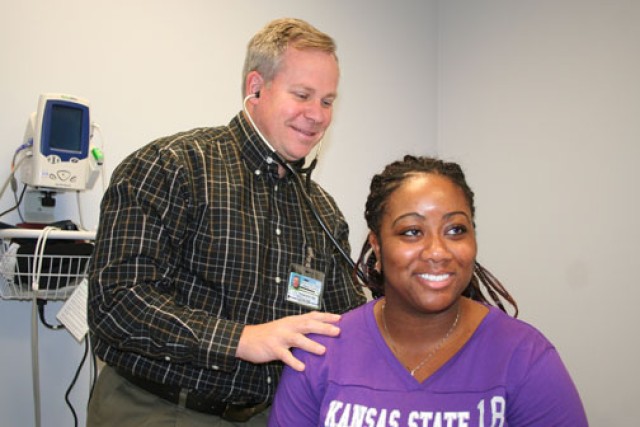
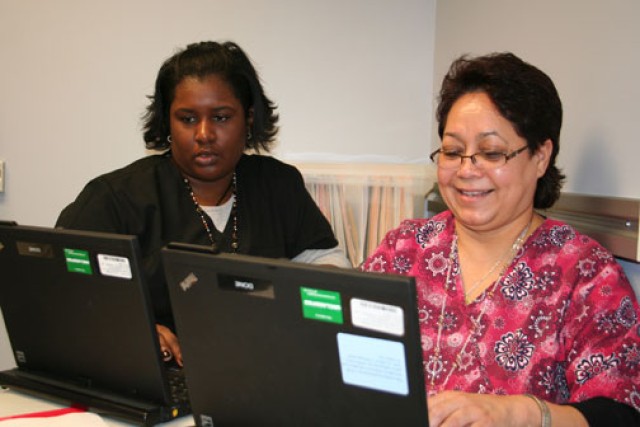


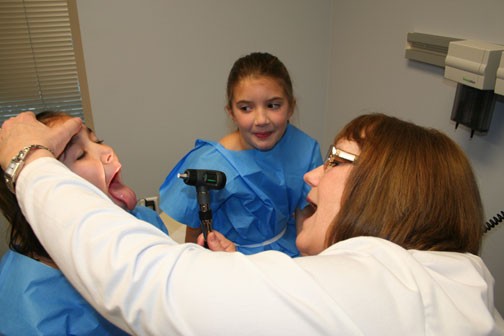
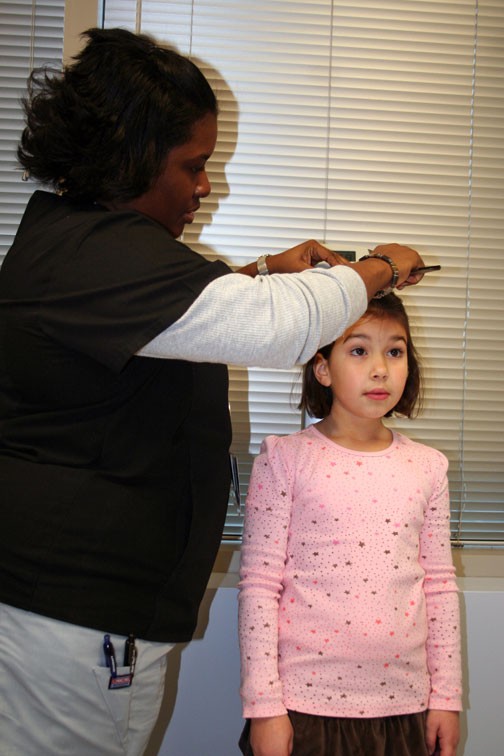

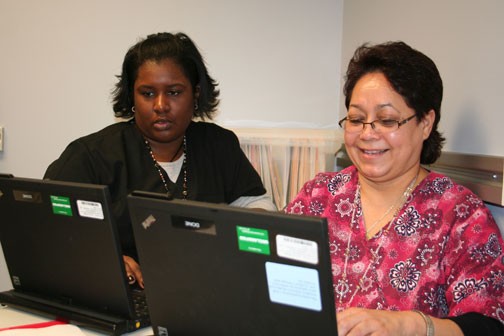


Social Sharing